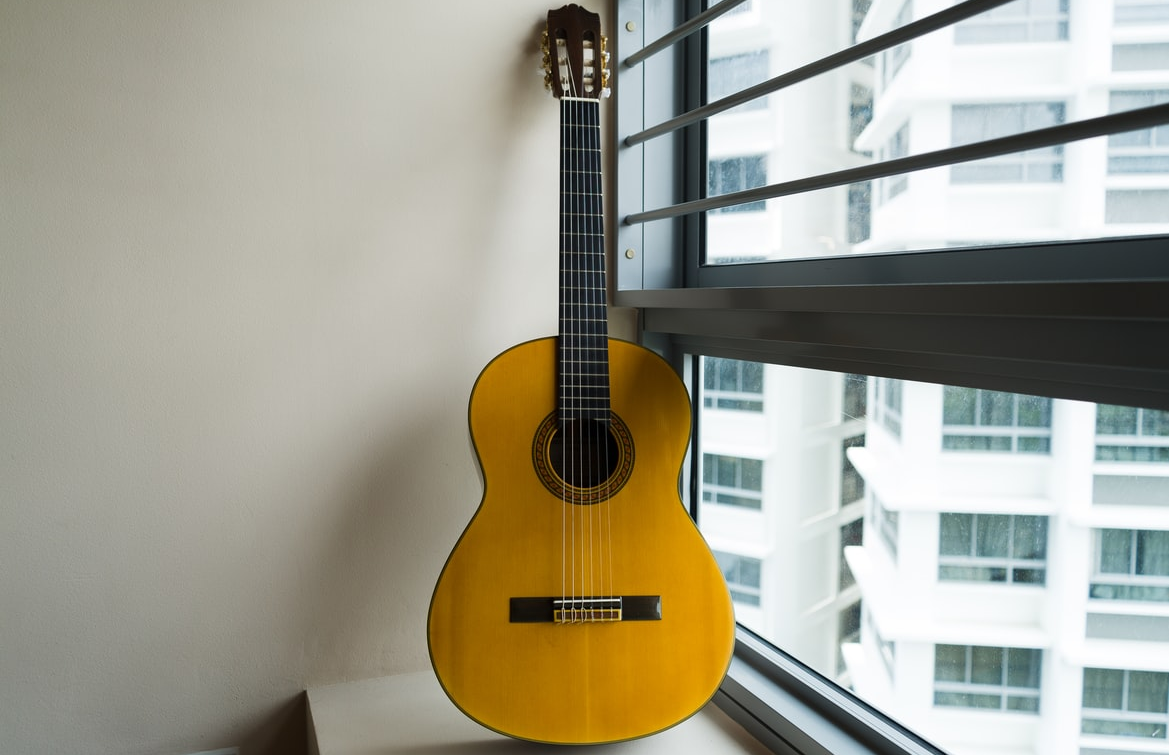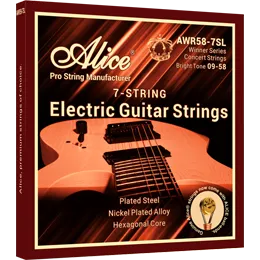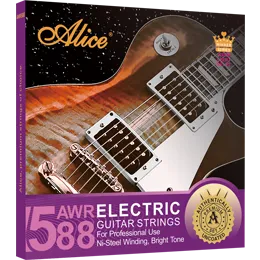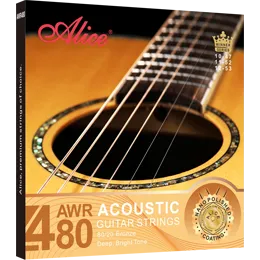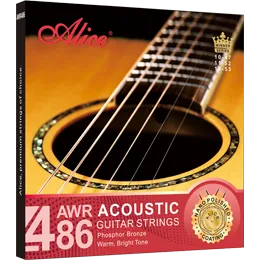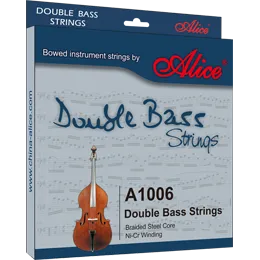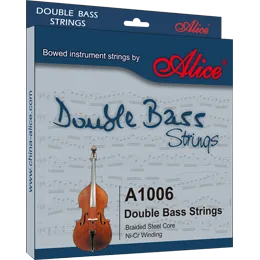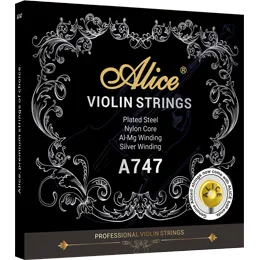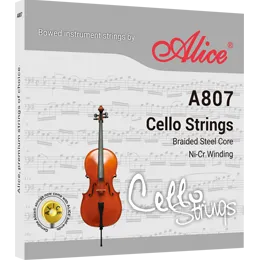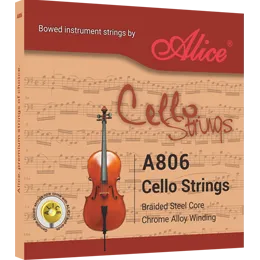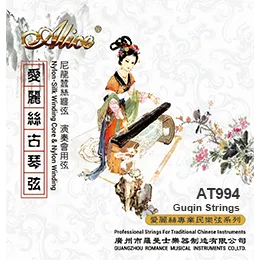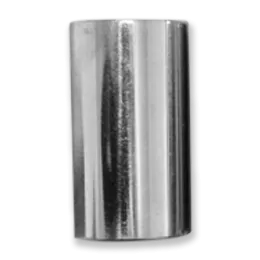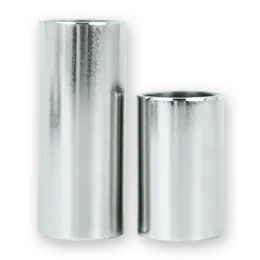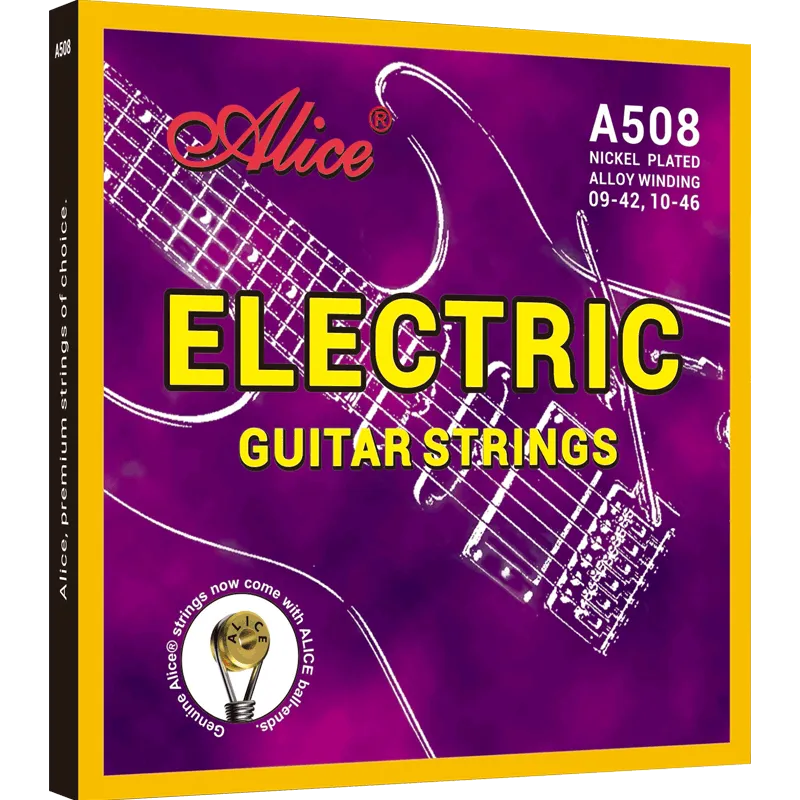From Classic Rock to Modern Indie: The Evolution of Guitar String Trends
Guitar strings may seem like a small component of the instrument, but over the decades, they’ve played a major role in shaping the sound, tone, and feel of countless musical movements. From the electrifying riffs of classic rock to the textured soundscapes of modern indie music, the trends in guitar strings have evolved alongside musical tastes, technology, and player preferences.

1960s–70s: The Birth of Rock and Roll Tone
The golden era of classic rock saw the rise of legendary guitarists like Jimi Hendrix, Eric Clapton, Jimmy Page, and Keith Richards. During this time, pure nickel electric guitar strings were the standard. These strings offered a warm, smooth tone with slightly less output—ideal for tube amps and blues-influenced rock styles.
Acoustic players in the folk and singer-songwriter scenes (think Bob Dylan, Neil Young, and Joni Mitchell) leaned heavily on 80/20 bronze or phosphor bronze strings. These gave their acoustic guitars the bright, shimmering tone needed for fingerpicking and chord-heavy rhythm playing.
String gauge trends:
Electric guitarists often used heavier gauges like .011 or .012 sets, believing thicker strings provided better tone and sustain. This was before string bending and fast lead techniques became widespread.
1980s: Shredding, Speed, and Stainless Steel
The 1980s ushered in a wave of high-gain amplification, flashy solos, and lightning-fast techniques. Artists like Eddie Van Halen, Steve Vai, and Joe Satriani became icons of the shred guitar movement.
To match the demands of speed and precision, many guitarists switched to lighter gauge strings, such as .009 or .008 sets. Bending strings, tapping, and rapid legato playing became easier with reduced tension.
At the same time, nickel-plated steel and stainless steel strings grew in popularity. These provided a brighter, more aggressive tone, perfect for cutting through dense band mixes. Stainless steel also offered better durability and corrosion resistance—a big plus for touring musicians.
Acoustic trends stayed relatively consistent, though phosphor bronze became the dominant choice thanks to its balanced tone and improved longevity.
1990s: Grunge, Alternative, and the Rise of the Individual Sound
The 1990s brought a shift away from technical flash toward raw emotion and gritty realism. Bands like Nirvana, Pearl Jam, Radiohead, and Red Hot Chili Peppers defined a new era of alternative and grunge rock.
Guitarists began experimenting more with different tunings, including drop D and lower-pitched setups. This led to a return to medium or heavy gauge strings, especially for rhythm players who needed stable intonation and punch in down-tuned environments.
Many players still preferred nickel-plated steel for its all-around versatility, but coated strings also began to appear on the scene, offering longer life and less string squeak, a valuable feature for studio work.
Meanwhile, acoustic music surged again with artists like Dave Matthews and Oasis. Fingerstyle and percussive players sought strings that could handle dynamics, often choosing custom light or medium phosphor bronze sets.

2000s–2010s: Diversity, Experimentation, and Technology
This era saw an explosion in genre diversity, from metalcore and math rock to folk revival and bedroom pop. Players began tailoring their gear—including strings—to their individual playing style more than ever before.
Hybrid string sets gained popularity. For example:
Light top, heavy bottom sets for players who needed ease on solos but tight rhythm response.
Drop-tuning specialists started using ultra-heavy bottom strings for low-end stability.
Coated strings like Elixir and other long-life brands became a norm for touring musicians and hobbyists alike. They reduced maintenance and retained tone longer—ideal in a fast-paced digital age.
In acoustic music, fingerstyle innovators like Andy McKee and Tommy Emmanuel pushed demand for high-quality phosphor bronze and silk & steel strings, often in custom gauges.
2020s–Present: Indie Aesthetics, Vintage Revival, and Eco-Awareness
Modern indie and alternative genres emphasize texture, mood, and authenticity over raw technicality. Artists like Phoebe Bridgers, Mac DeMarco, and boygenius reflect this shift, often favoring light or medium gauge strings with warmer tonal qualities.
There’s been a noticeable revival of vintage tones, leading some players back to pure nickel strings for that classic, rounded sound. At the same time, the bedroom producer era encourages lo-fi experimentation, where tone imperfections are embraced rather than avoided.
Acoustic indie players often go for softer-feeling strings like silk & steel or custom lights for their ease and vintage tone.
Sustainability has also emerged as a factor, with players seeking eco-friendly string brands and those that use recyclable packaging or minimize waste.
What Today’s Guitarists Are Looking For
Guitarists today want versatility, tone clarity, comfort, and durability—and strings are no exception. While there's no one-size-fits-all answer anymore, the key trends include:
Personalized gauges tailored to playing style
Coated or treated strings for longevity
Materials matched to tone goals (e.g., pure nickel for warmth, steel for brightness)
Hybrid sets for tuning flexibility and style blending
A growing interest in sustainable production
(Alice A508 Electric Guitar Strings)
Find Your Sound with Alice Strings
Throughout all these changes, one thing remains constant: the string you choose can dramatically affect your tone, technique, and musical expression.
Alice Strings stays in tune with every trend—offering a wide range of electric, acoustic, and classical guitar strings made with premium materials like nickel-plated steel, phosphor bronze, pure nickel, and nylon. Whether you’re chasing the vintage vibe of classic rock or crafting your own unique indie sound, Alice has the right string set to help you find your voice.
Join the evolution. Play with confidence. Sound your best—with Alice Strings.
Relate News

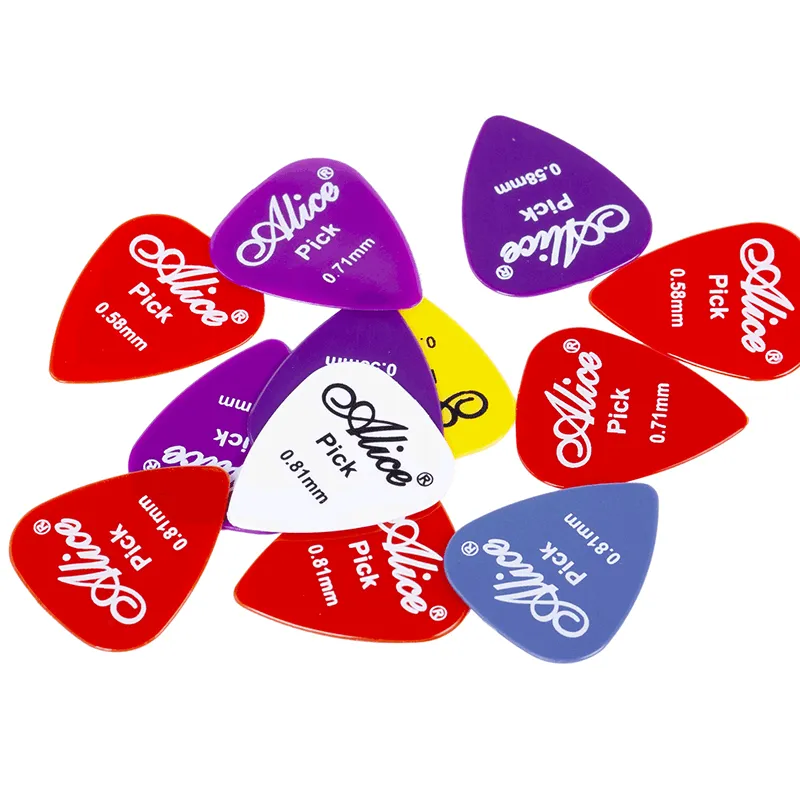
What Type of Guitar Pick Is Best?

Are Acoustic and Classical Guitar Strings the Same?

Acoustic Guitar Strings Guide: Types and How to Choose the Right One
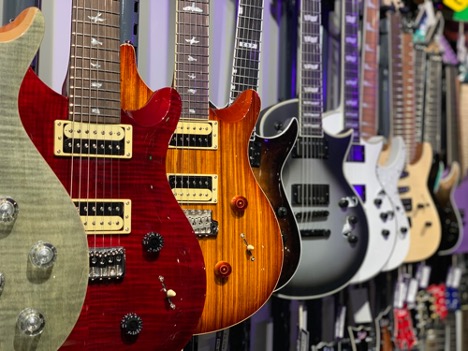
What Strings Fit Your Instrument? The Ultimate Guitar String Matching Guide

How to Change Acoustic Guitar Strings: A Step-by-Step Guide
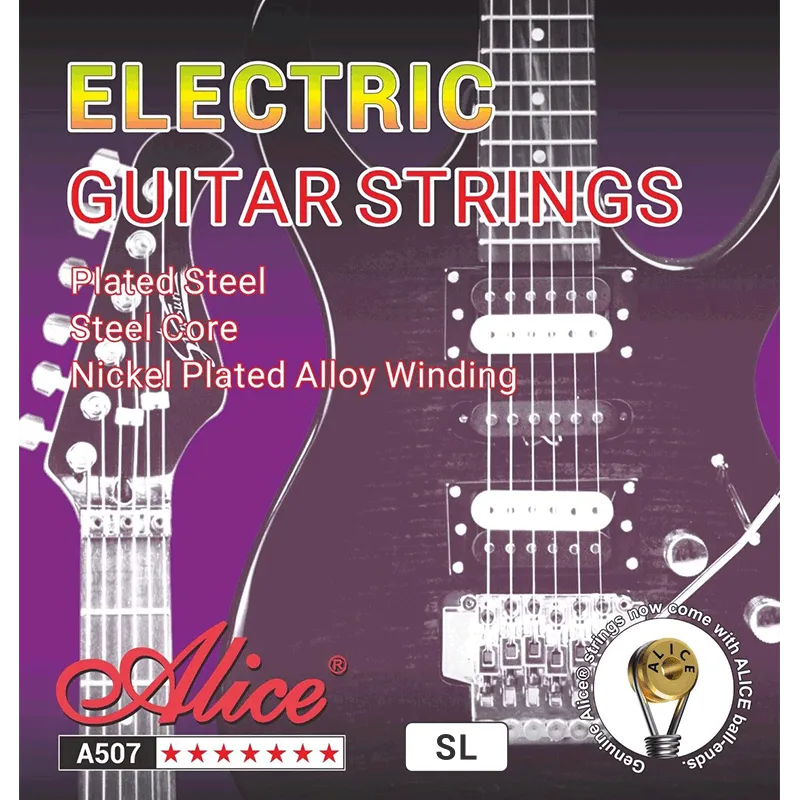
What Are the Different Types of Guitar Strings?

From Factory to Store: Guitar String Supply Chain Trends
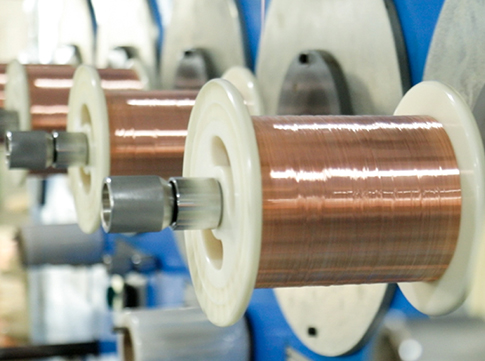
Give Charm to Sound, Make Music Magic: Discover ALICE, the Exceptional Wholesale Guitar Strings
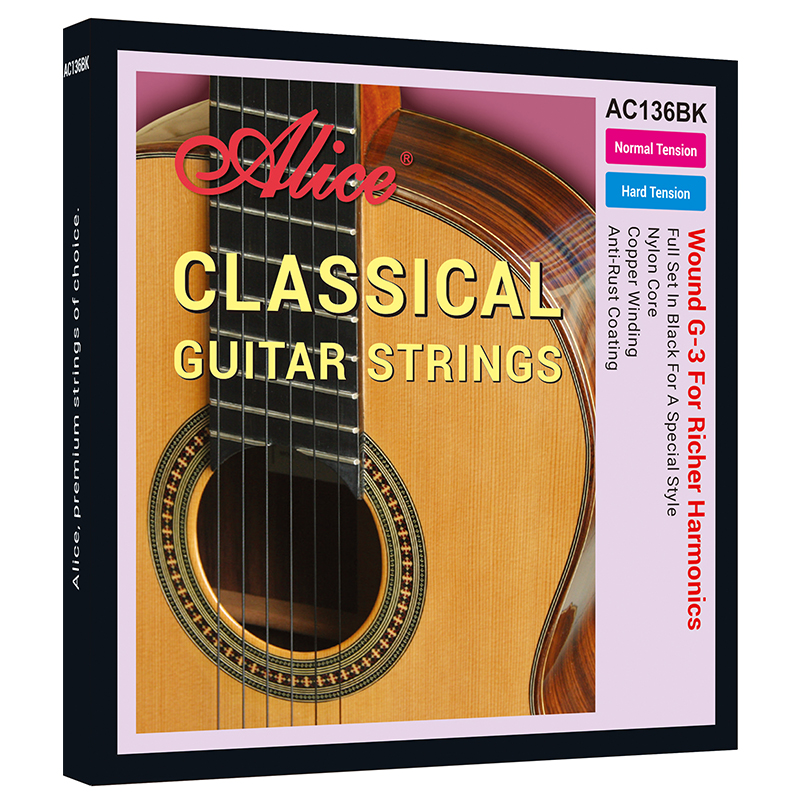
The Superior Choice: ALICE Coated Classical Guitar Strings
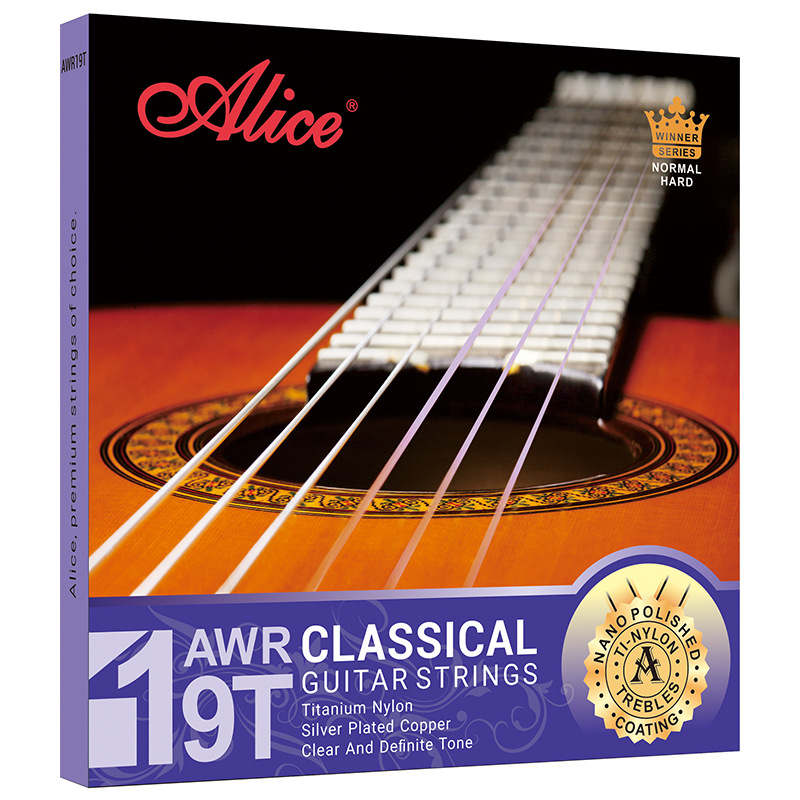
The Unparalleled Guitar String Sets from ALICE - A Premium Manufacturing Experience
